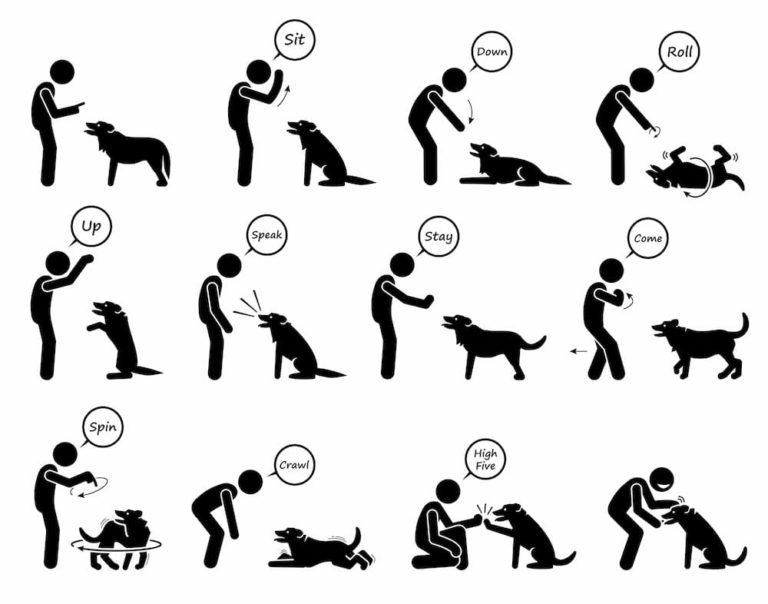Ever Think About Becoming a Dog Obedience Trainer?
Professional dog obedience trainers understand just how remarkable their canines can be. You may have discovered this simply by working with your own dog. Once you learn what motivates your dog, get the hang of breaking up commands into little steps and have a little success, training can become addictive. You spend time Googling training videos, searching for new things to teach your pup and you can’t wait to show off how smart your dog is (and how talented a trainer you are).
If you love working with your dog, you might want to consider taking your skills to the next level. What is just a fun hobby now could translate into a rewarding career with the help of a dog training course. Whether you want to pursue a fulltime dog training career or want a great side gig, it’s a flexible occupation that has a lot to offer.
How Are You on the Basics?
To effectively train dogs, prioritizing certain commands will create a foundation for teaching other skills and tricks. These 5 basic commands are solid building blocks for creating a good canine citizen, ensuring safety, and preparing him or her to learn more:
- Sit: This is a more impressive skill than it looks. While adult humans might crave an opportunity to sit, dogs, like small children, don’t particularly want to stop moving. A dog that can hold a sit in a situation when he or she wants to be jumping, chasing, or worse—running out an open door–exhibits great self-control.
In quieter moments, a sitting dog can focus on you, ready to learn the next thing.
- Down: Like sit, the down cue is vital for calming and settling a dog. It’s a wonderful achievement to have a dog that will lie down quietly by your feet as you visit with a friend. A dog that reliably holds a down position can accompany you to a coffee shop or summer concert in the park without creating chaos in its wake.
Down is also a starting position for learning cool tricks like “Bang” and “Roll Over.”
- Stay: Mastering his command takes a lot of impulse control. Stay is incredibly difficult to teach because it requires a dog to maintain distance from you, wait until released, and ignore any distractions. Stay is useful in many situations. Sometimes you just want to be able to walk into the bathroom alone, but sometimes “stay” can be a lifesaver.
Teaching the stay command takes the patience to work with a dog until you are absolutely sure he or she will hold the position until given the release command.
- Look (or Focus): This is much easier for a dog to learn than many commands. “Look” teaches a dog to focus attention on you so that you can communicate. This is particularly useful in times of confusion, danger, anxiety, or chaos, but it also helps when you are trying to teach new behaviors.
- Come: A dog that cannot reliably come when called can get into a world of trouble. “Come” pulls a dog to your side and away from trouble—wild animals, traffic, poisons, or your sister’s curious toddler, for instance. And don’t even think of taking a dog that won’t come for a walk off-leash or for a romp in a dog park!
If you like the process of helping a dog master basic obedience commands, becoming a trainer may be a great career for you. If you want to earn a good salary while helping dogs have a happier, safer life, explore the benefits obedience training has to offer.





